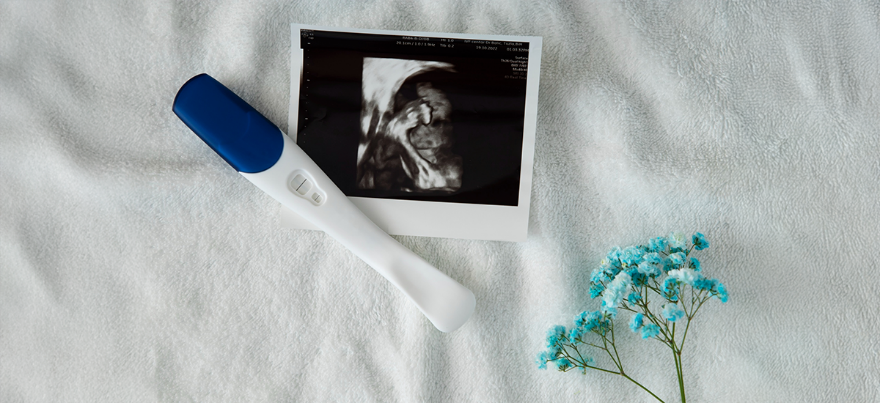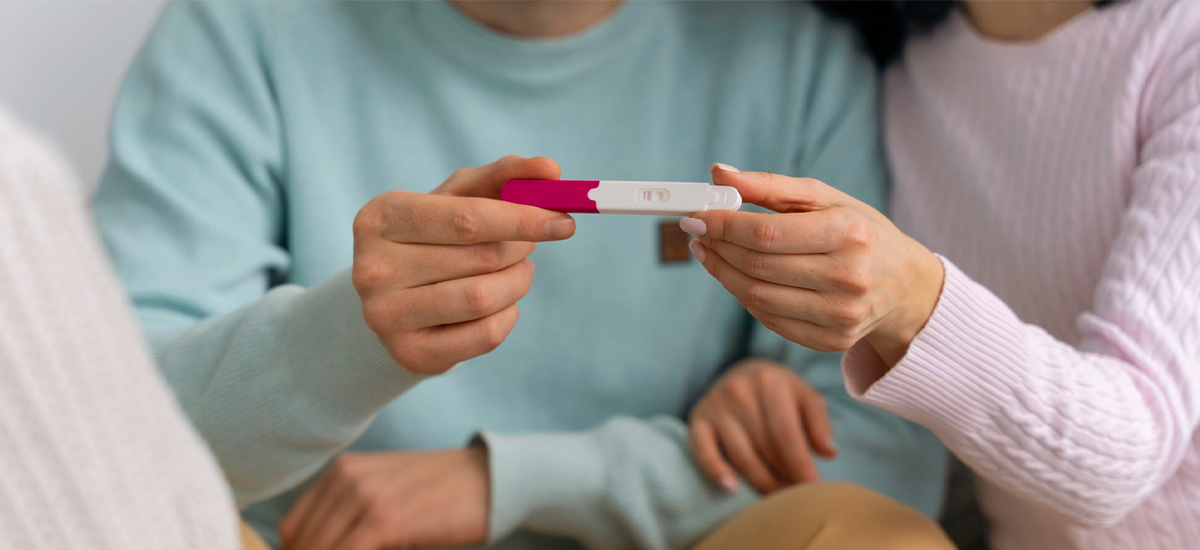Categories
IUI Procedure: Step-by-Step Explanation, Expert Insights And What to Expect
May 05, 2025
For many couples, the
path to parenthood isn't always straightforward. So don't lose your heart, we
are here to help!
Fertility challenges are
more common than most people realize, and taking the courageous step to seek
help is a testament to your strength and determination.
One of the most widely
recommended treatments for couples facing infertility challenges is
Intrauterine Insemination (IUI). This gentle, minimally invasive procedure can
significantly improve the chances of conception in specific cases. It offers
hope, especially when natural methods haven't worked, yet more complex
treatments like IVF may not be the immediate next step.
Whether you are just
beginning to explore fertility treatments or are preparing for your first IUI
cycle, we want you to feel fully informed, emotionally supported, and confident
in our care.
This guide walks you
through the IUI process step by step, so you know what to expect
medically and emotionally every step of the way.
What Is IUI?
Intrauterine Insemination
(IUI) is a fertility treatment in which processed sperm is placed directly into
the uterus around the time of ovulation. This bypasses some of the natural
barriers to fertilization and increases the chances of sperm reaching the egg.
IUI is often recommended
for:
Ø Unexplained infertility
Ø Mild male factor infertility (low sperm count
or motility)
Ø Cervical factor infertility
Ø Ovulation issues
Ø Single women or same-sex couples using donor sperm
Step-by-Step Process of IUI Treatment at BirthRight by Rainbow Hospitals
Initial Consultation and Evaluation
Every fertility journey
is unique, and it begins with a thorough understanding of the medical
background of each couple. At your first consultation, our fertility
specialists will carefully review your and your partner's health history and
recommend relevant tests to assess your reproductive health. This comprehensive
evaluation helps determine whether IUI is the most suitable treatment option
for you. Some of the diagnostic tests we may advise include:
Ø Blood tests to assess hormonal levels
Ø Semen analysis
Ø Transvaginal ultrasound to evaluate the uterus
and ovaries
Ø Hysterosalpingography (HSG) to check if the fallopian tubes are open
Ovulation Monitoring and Cycle Tracking
Accurate timing plays a
crucial role in the success of IUI. The woman's menstrual cycle is closely
tracked to ensure insemination happens at the most fertile window. This process
may include:
Ø Natural cycles (for women who ovulate
regularly)
Ø Ovulation induction with fertility medications
to stimulate egg production
Ø Regular ultrasounds and hormone tests to track
follicle development and hormone levels
Triggering Ovulation
Once the follicles reach
an appropriate size, a hormone injection (typically hCG) is given to induce
ovulation. IUI is usually scheduled 24 to 36 hours after the trigger shot to
ensure the egg is ready for fertilization.
Semen Collection and Preparation
On the day of the
procedure, the male partner provides a semen sample. If donor sperm is used, it
is thawed from a cryopreserved sample. In cases of male factor infertility, the
male partner's sperm may need additional preparation or treatment before the
IUI procedure.
The sample undergoes a
special "sperm washing" process in our embryology lab to concentrate
the healthiest, most motile sperm while removing seminal fluid and other
debris.
Insemination Procedure
The actual IUI procedure
is quick and relatively painless. Using a soft, thin catheter, the prepared
sperm is gently introduced directly into the uterus. It feels similar to a Pap
smear and usually takes just a few minutes. No anesthesia or hospital stay is
required.
After the procedure, you
may be advised to rest briefly before resuming normal activities.
Post-IUI Support and Follow-Up
Two weeks after IUI, a
blood test (Beta hCG) is done to check for pregnancy. Patients are encouraged
to maintain a healthy lifestyle and manage stress during this period, for the best
IUI success rates, knowing that support is just a call away.
What To Expect Physically and Emotionally?
Mild Cramping or
Spotting: Some women may
experience slight discomfort or light spotting post-procedure. However, it is
important to note that IUI, like any medical procedure, carries some risks,
including the potential for infection or discomfort during the procedure. Your
healthcare provider will discuss these risks with you before the procedure.
Stay Stress Free: During the two-week wait, which can be
emotionally challenging, our fertility counsellors are available to provide
support and help you cope with stress, anxiety, and uncertainty. Remember, you
are not alone in this journey.
Multiple Cycles May Be
Needed: Best IUI success rates
vary depending on age, cause of infertility, and overall health. On average,
3–6 IUI cycles are tried before exploring advanced treatments like IVF.
Why Choose BirthRight by Rainbow Hospitals for IUI?
At BirthRight by Rainbow
Hospitals, we combine
cutting-edge fertility care with heartfelt compassion.
Here is why couples trust
us with their most intimate dreams:
Ø Specialized Fertility Units with advanced
reproductive labs and high success rates
Ø Experienced Fertility Consultants who follow
evidence-based protocols
Ø On-site Diagnostics for faster evaluations and
seamless care
Ø Transparent Communication at every step of the
journey
Ø Counselling support to help couples navigate
the emotional aspects of treatment
Fertility challenges can
feel overwhelming, but you don't have to walk this road alone. IUI is often the
first step toward building the family you have always dreamed of and at
BirthRight by Rainbow Hospitals, we are honoured to be part of that journey.
If you are ready to
explore IUI or want to speak with a fertility expert, we are here to listen,
guide, and support you every step of the way.
To schedule an
appointment with our expert gynecologists or to know more about IUI procedure step by step, call
us today or visit our official website.
FAQs:
1. What
exactly happens during an IUI procedure, step by step?
The IUI procedure is quite simple and
typically takes just a few minutes. Here’s what you can expect:
1. Your doctor will track your ovulation to find
the most fertile time.
2. A “trigger shot” (hCG injection) may be used
to release the egg.
3. On the day of the procedure, your partner
provides a semen sample, or donor sperm is thawed.
4. The sperm is “washed” in the lab to select the
healthiest ones.
5. Using a thin, flexible tube, the sperm is
gently inserted into your uterus.
6. You may rest for a short time before heading
home.
It’s quick, doesn’t require anesthesia, and
feels similar to a Pap smear.
2. Is IUI
painful or risky in any way?
Most people find IUI procedure step by step
to be a relatively painless and low-risk procedure. You may feel mild cramping,
spotting, or discomfort during or after the procedure—similar to what you feel
during a routine gynecological exam. Rarely, there may be a risk of infection,
but it’s very minimal, especially when performed by experienced professionals
like those at BirthRight by Rainbow Hospitals.
3. What are
the chances of success with IUI at BirthRight
by Rainbow Hospitals?
We’re proud to have among the best IUI
success rates in the country, especially when treatment is paired with
accurate ovulation tracking and lifestyle support. While success depends on
individual factors, our advanced labs, fertility specialists, and compassionate
counselling all contribute to giving you the best possible chance of
conception.











